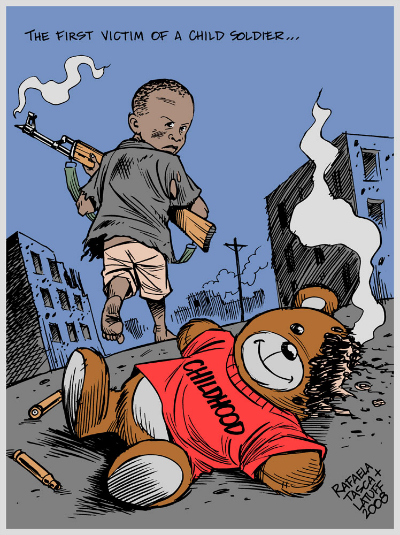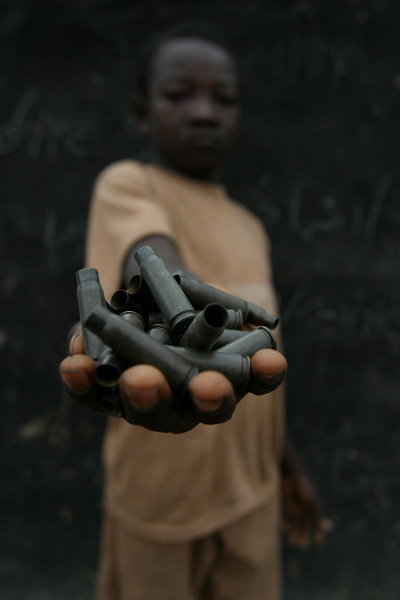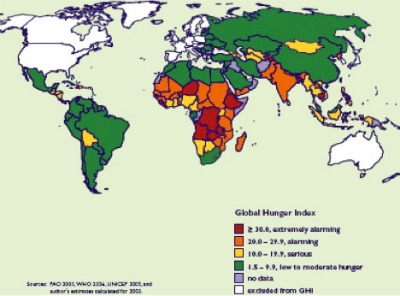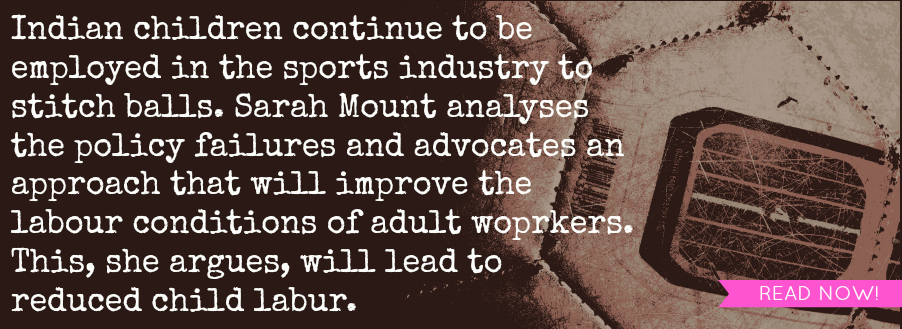 The history of the presence of children in armed conflict is as old as human civilisation. From Ancient Greece to the Middle Ages in Western Europe, children as young as ten have been actively conscripted into armies. They have been present in armed conflict in three roles — as baggage, that is, as members of families that tagged along with armed forces on military campaigns; as providers of services to armed forces in various capacities such as cooks, charioteers, and servants; and lastly, as direct participants in hostilities. Whether participants in armed conflict or just suffering its effects, children are the victims.
The history of the presence of children in armed conflict is as old as human civilisation. From Ancient Greece to the Middle Ages in Western Europe, children as young as ten have been actively conscripted into armies. They have been present in armed conflict in three roles — as baggage, that is, as members of families that tagged along with armed forces on military campaigns; as providers of services to armed forces in various capacities such as cooks, charioteers, and servants; and lastly, as direct participants in hostilities. Whether participants in armed conflict or just suffering its effects, children are the victims.
Why are children drawn into armed conflicts? To start with, they are very obedient. They are docile and do not question orders. Fear induced by threats of abuse and physical and sexual intimidation works far is far more effective on young and impressionable minds. More disturbingly, child soldiers are often drugged to create dependency-induced obedience. Children also need less food. With modern lightweight weaponry, children can also be armed to the teeth and require far less training than adults. The most soul-wrenching aspect of this evil however, is that children do not have a developed sense of morality. Morality is a product of conditioning and development. Children deprived of circumstances that provide this very necessary moral compass can be moulded into ruthless killing machines, remorseless and empty of guilt. Using children in armed conflict is unfortunately, a very profitable exercise.

Modern international law prohibits the presence of children in armed hostilities. Since the Second World War, humanitarian law and the law of armed conflict have evolved constantly to provide greater protection to the most vulnerable and most affected members of society during war.
Today, it is generally accepted that children are not to be recruited into armed forces for any reason. However, international law remains divided on the issue of who exactly a child is.
On one hand, the First Additional Protocol to the four Geneva Conventions of 1949, at Article 77 (2), applicable to international armed conflict states:
“The Parties to the conflict shall take all feasible measures in order that children who have not attained the age of fifteen years do not take a direct part in hostilities and, in particular, they shall refrain from recruiting them into their armed forces. In recruiting among those persons who have attained the age of fifteen years but who have not attained the age of eighteen years, the Parties to the conflict shall endeavour to give priority to those who are oldest.”
Similarly, the Second Additional Protocol to the Geneva Conventions, at Article 4 (3) (applicable to non-international armed conflicts), states:
“Children who have not attained the age of fifteen years shall neither be recruited in the armed forces or groups nor allowed to take part in hostilities”.
These Protocols, read with the four Geneva Conventions, form the core of modern international humanitarian law.
Apart from humanitarian law, the prohibition on the conscription of children below the age of fifteen has also found distinct mention in international criminal law. The Rome Statute that governs the ICC, at Article 8(2)(b)(xxvi), regards “conscripting or enlisting children under the age of fifteen years into the national armed forces or using them to participate actively in hostilities” as a war crime.
The African Charter on the Rights and Welfare of the Child, at Article 2, on the other hand, unequivocally defines a child as “every human being below the age of 18”. At Article 22(2), it clearly mandates State Parties to ensure that children do not participate in armed hostilities. Further, children cannot be recruited into armed forces.
In 2007, under the aegis of UNICEF, seventy-six member countries adopted the Paris Principles and Guidelines on Children Associated with Armed Conflict or Armed Groups. At Principle 2, a child is defined as “any person less than 18 years of age”. This is in keeping with the United Nations Convention on the Rights’ of the Child that entered into force in 1990. At the outset, in Article 1, the Convention defines a child as one who has not attained the age of eighteen or the age of majority under the law to which the child is subject.
As is evident, international opinion is divided on the age at which children achieve majority. In spite of these differences however, it can be said that it is now a principle of customary international law that children must not be recruited into armed forces and must not be permitted to participate in hostilities – directly or indirectly.

The past three years have seen a resurgence of public interest in the involvement of children in armed hostilities. On July 10, 2012, Thomas Lubanga Dyilo became the first person to be convicted by the International Criminal Court (“ICC”) for war crimes, crimes against humanity, and the conscription of child soldiers in armed conflict. He is serving the last eight years of his fourteen-year sentence.
Last year, a short film based on child soldiers and the hostilities in Uganda created ripples in the international online community. It brought to light Uganda’s Joseph Kony and his Lord’s Resistance Army.
In 2009, Human Rights Watch published its Global Report on the situation of child soldiers. You can read more about it here. Similarly, UNICEF publishes an annual Fact Sheet on the phenomenon, and tracks governmental response to the situation across the world. Interestingly, it is Burma (Myanmar) that seems to have the largest number of child soldiers – about 70,000 of them in its army of almost 350,000 members.
Most recently, the Appeals Chamber of the Special Court of Sierra Leone upheld the conviction of Charles Ghankay Taylor of Liberia on eleven counts of war crimes, crimes against humanity, and other violations of international law, including the use of child soldiers in armed conflict. Charles Taylor was one of the first leaders of armed forces in Africa to not only conscript children (mostly between the ages of five and seventeen) but to have dedicated armed Small Boys’ Units and Small Girls’ Units in his army.
Under international humanitarian law and international criminal law today, child soldiers are not seen as perpetrators of war crimes but as the victims of the most heinous of such crimes. While the international community debates the exact definition of a child, these young ones suffer in the midst of some horrific armed hostilities.
(Suhasini Rao-Kashyap is part of the faculty on myLaw.net.)



